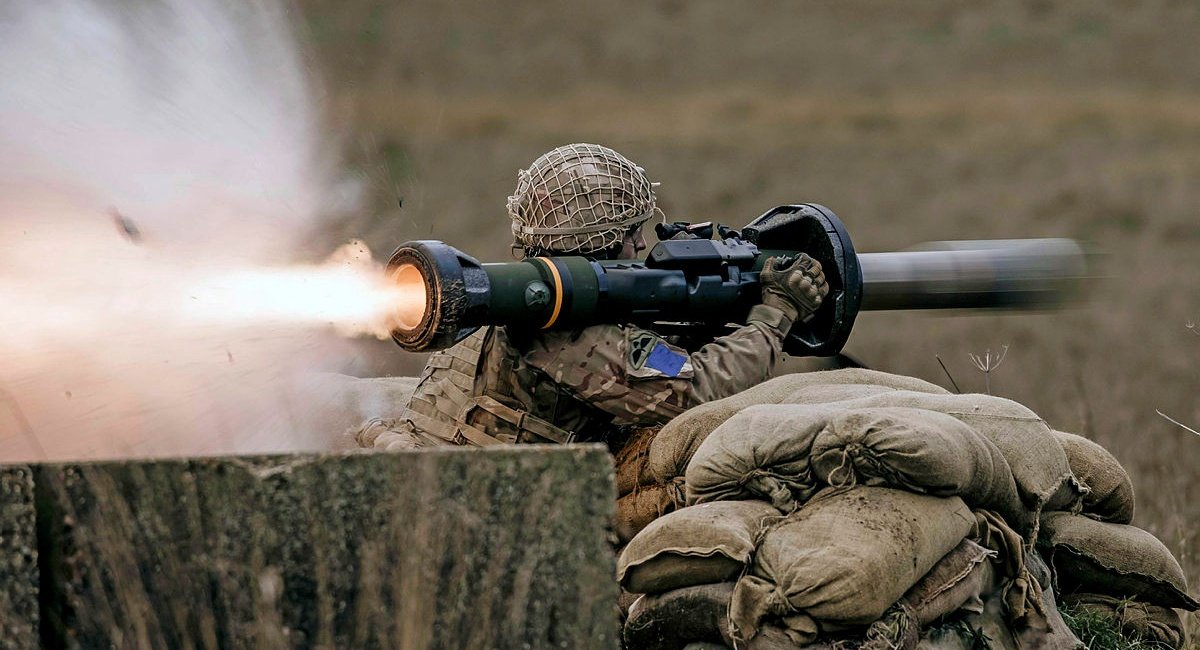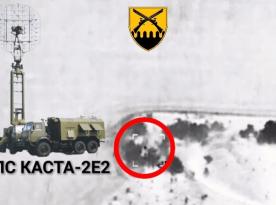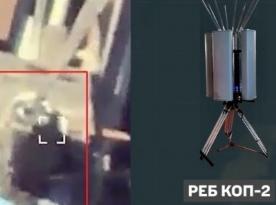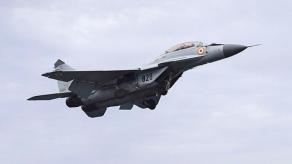The United Kingdom continues to replenish the stocks of anti-tank weapons after a large portion of them was provided to the Ukrainian army. The new deal on "thousands" of NLAWs was signed with Saab. The contract value is almost USD 280 million.
The new contract supplements the previous one providing for 500 NLAW systems delivery in 2023 between the UK Ministry of Defence and Thales, the company which assembles NLAW in Northern Ireland as Saab’s partner.
Read more: Britain Restocks NLAW Given to Ukraine: 500 Systems Within Next Year and Thousands to Come
In fact, the components are made in multiple countries which means the production of these anti-tank systems in large quantities requires a "mobilization" of a number of links in the production-and-supply chain. According to the terms of the contract, "thousands new anti-tank weapons" will be produced and delivered to the British Army in 2024-2026.
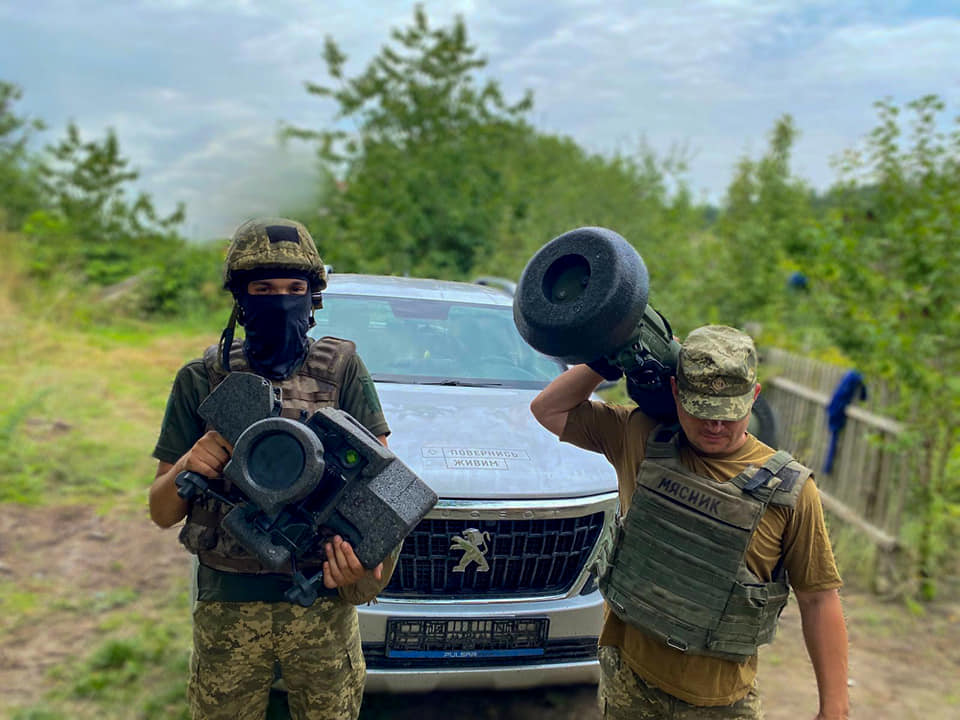
The United Kingdom has already supplied more than 10,000 of anti-tank systems to the Armed Forces of Ukraine, mostly NLAWs and Javelins. They proved effective on the frontlines, but the steady supplies took a toll on British own stockpiles of missiles.
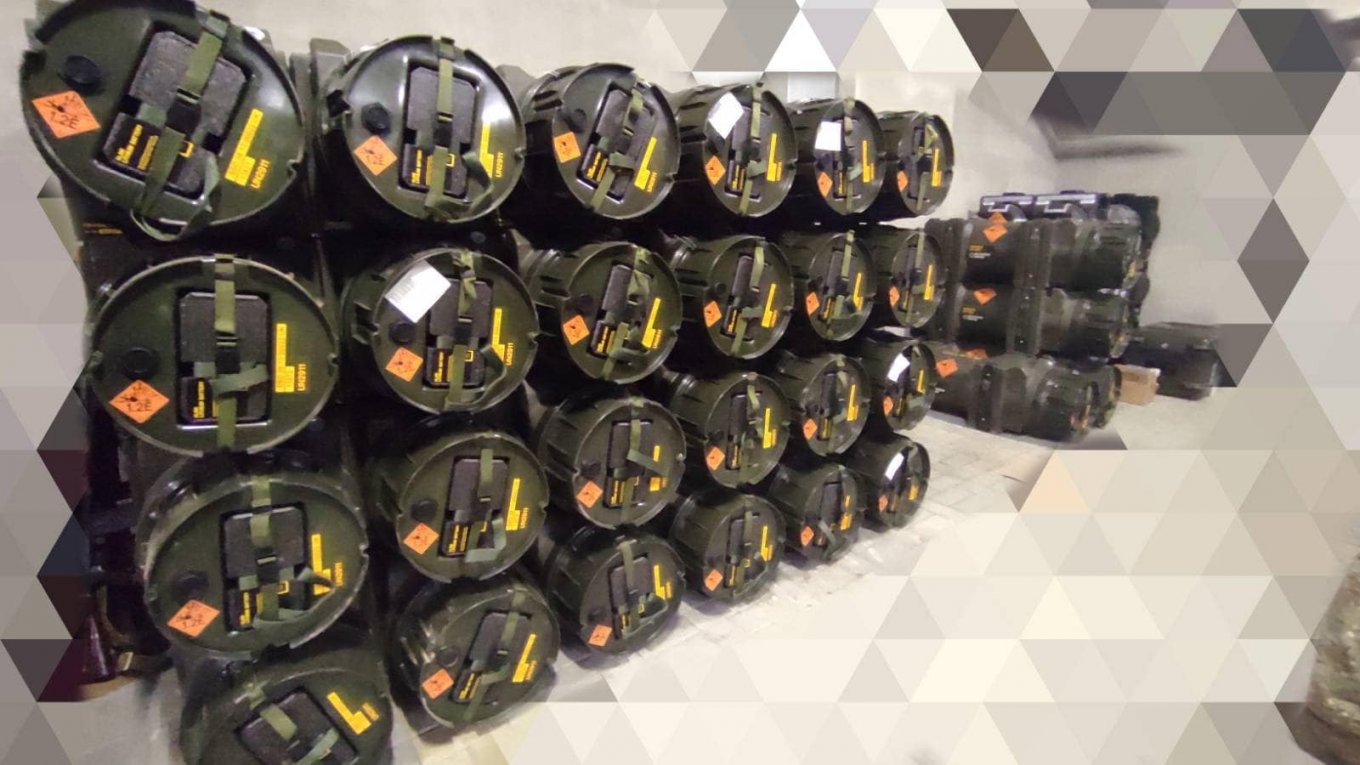
"Demand is increasing for anti-tank systems such as NLAW," says Saab’s President and CEO Micael Johansson.
As we covered previously, it takes time to reach sufficient rates of production to keep up with this demand. And it looks like Saab estimates it can crank up the lines and make it work by 2024.
Read more: The Royal United Services Institute Highlights Ukraine’s Stuhna-P ATGM Capabilities Over russia’s Kornet




